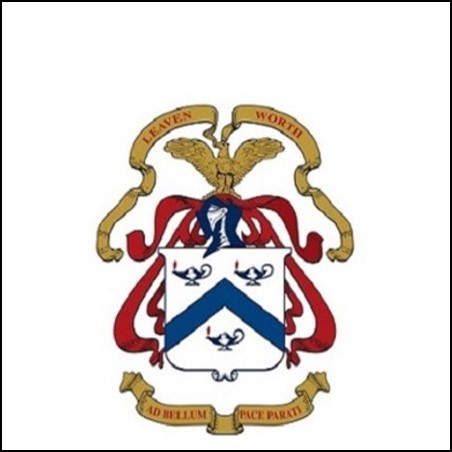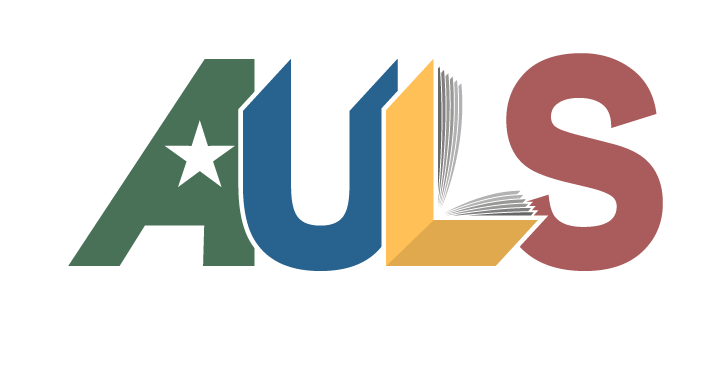
e-Document
|
How can maneuver brigades train and educate excellence in the execution of twenty-first century battle command at home station?
Copies
0 Total copies, 0 Copies are in,
0 Copies are out.
Title
How can maneuver brigades train and educate excellence in the execution of twenty-first century battle command at home station?
Call No
CDMC Master of Military Art and Science Theses
Digital Link
Authors
Subjects
Language
English
Published
Fort Leavenworth, KS : US Army Command and General Staff College,, 1998-06-05.
Target Audience
Unknown or not specified
MLA
APA
Chicago
0
/
0








